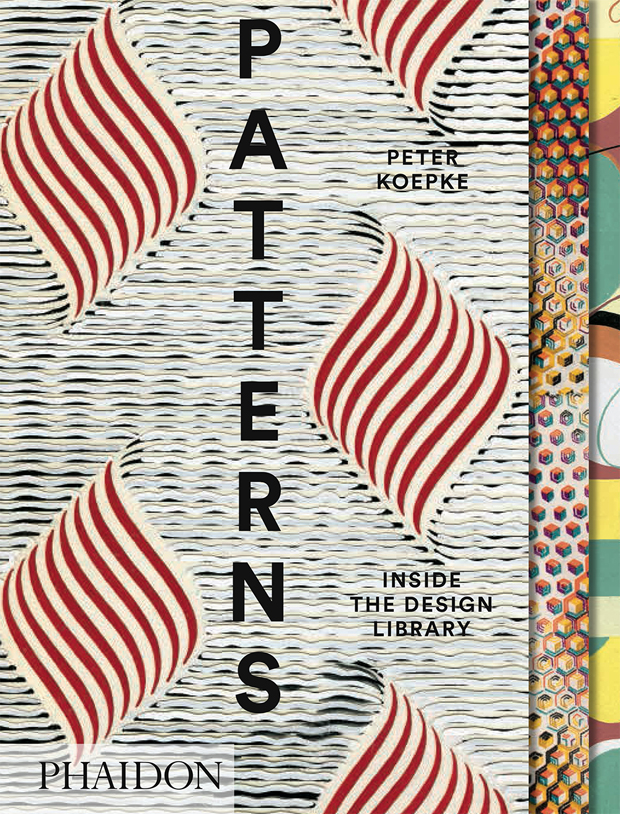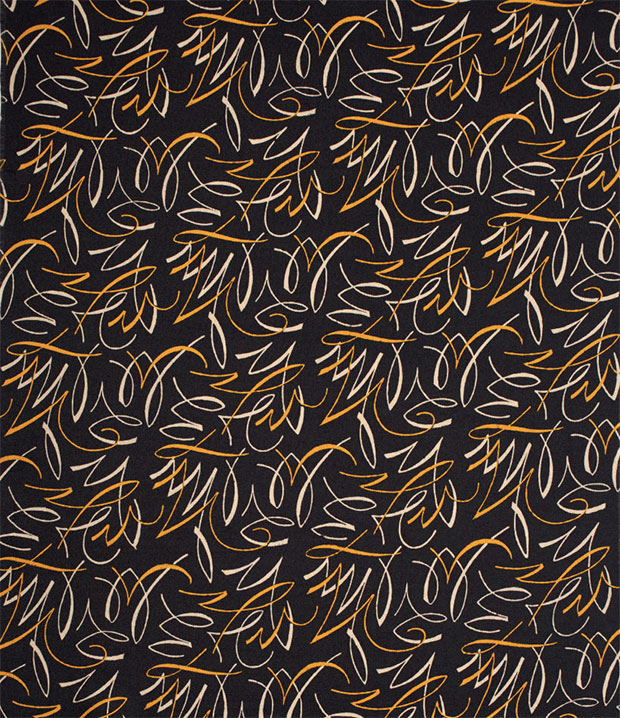
Can you see the music in these patterns?
Could fabric design and music share some unlikely common ground? Yes, judging by our new book Patterns
"Patterns are everywhere in nature. Likewise, there is a human impulse to impose order, and to organise systems into repeating patterns.” So begins Peter Koepke’s introduction to Patterns: Inside The Design Library, which offers a categorised cross section of just some of the seven million patterns stored at the library he oversees in New York. The archive is housed in a converted fabric mill, and visited annually by hundreds of designers in search of inspiration.
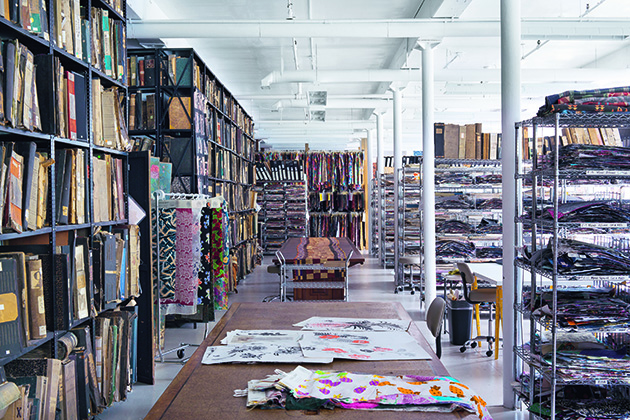
Koepke goes on to make the point that despite textile designs serving no “practical” function, they can serve as indicators of tradition, or convey unity or personality, or simply express a mood. It could also be argued that they have something in common with music, particularly the ambient variety. Two of the categories featured in this volume are terms that are also commonplace in contemporary sound-making.
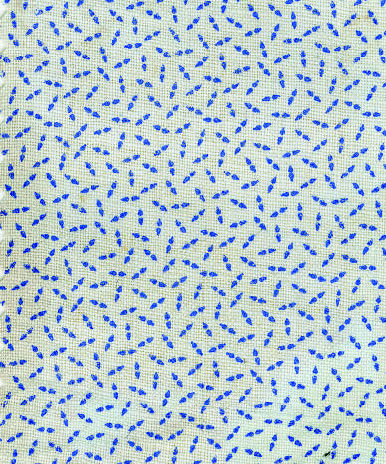
Take Loops, for example, which, the author asserts, suggest an “infinite wandering”, whether calligraphic or doodling. Examples here include a French printed fabric whose black squiggles on a yellow backdrop are as mesmeric as a minimalist soundtrack, at once constant and repetitious in their patterns, yet full of subtle variations. He also includes French prints and handprinted papers from the 19th century, which have a similar non-representational musicality. A later hand-printed paper from the Studio Farkas-Ortenzi in Italy, meanwhile, casts wider, looping lines, expansive flourishes in red and mauve, to equally delightful effect.
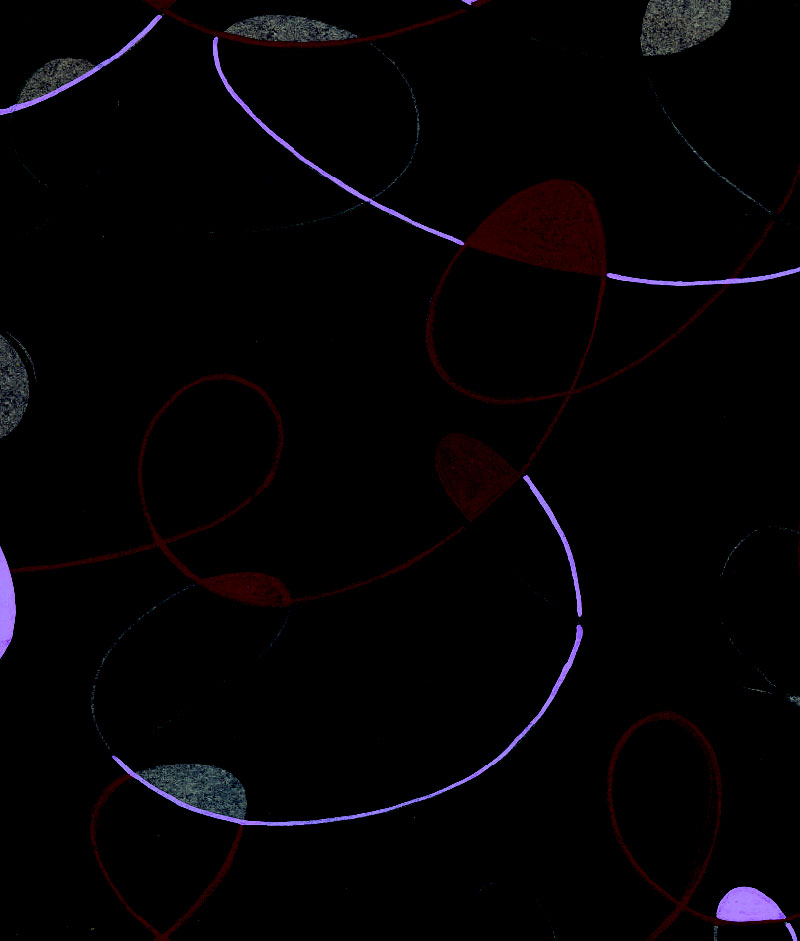
Another category, “Micro”, also has its corollary in the musical lexicon (“Microsound", as defined by Curtis Roads). Also known as “no-print” prints, micro-patterns can only be fully appreciated on close inspection, their tiny intricacies, from spirals to tiny diamonds to dots and trailing vines, revealed in loving detail.
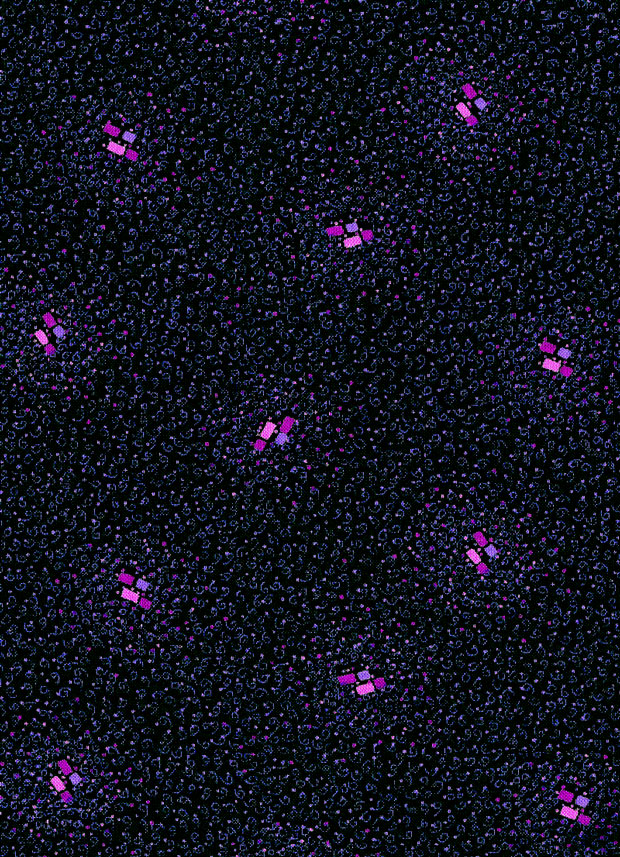
With its lovely, “terraced” design, Patterns is a delightful volume, drawing largely on French and Italian patterns, revealing great traditions in those countries, but also featuring materials from Central Asia, South America, Africa and China. Every page sings at you with colour and joy. To see more of these images order a copy of Patterns: Inside The Design Library here.
